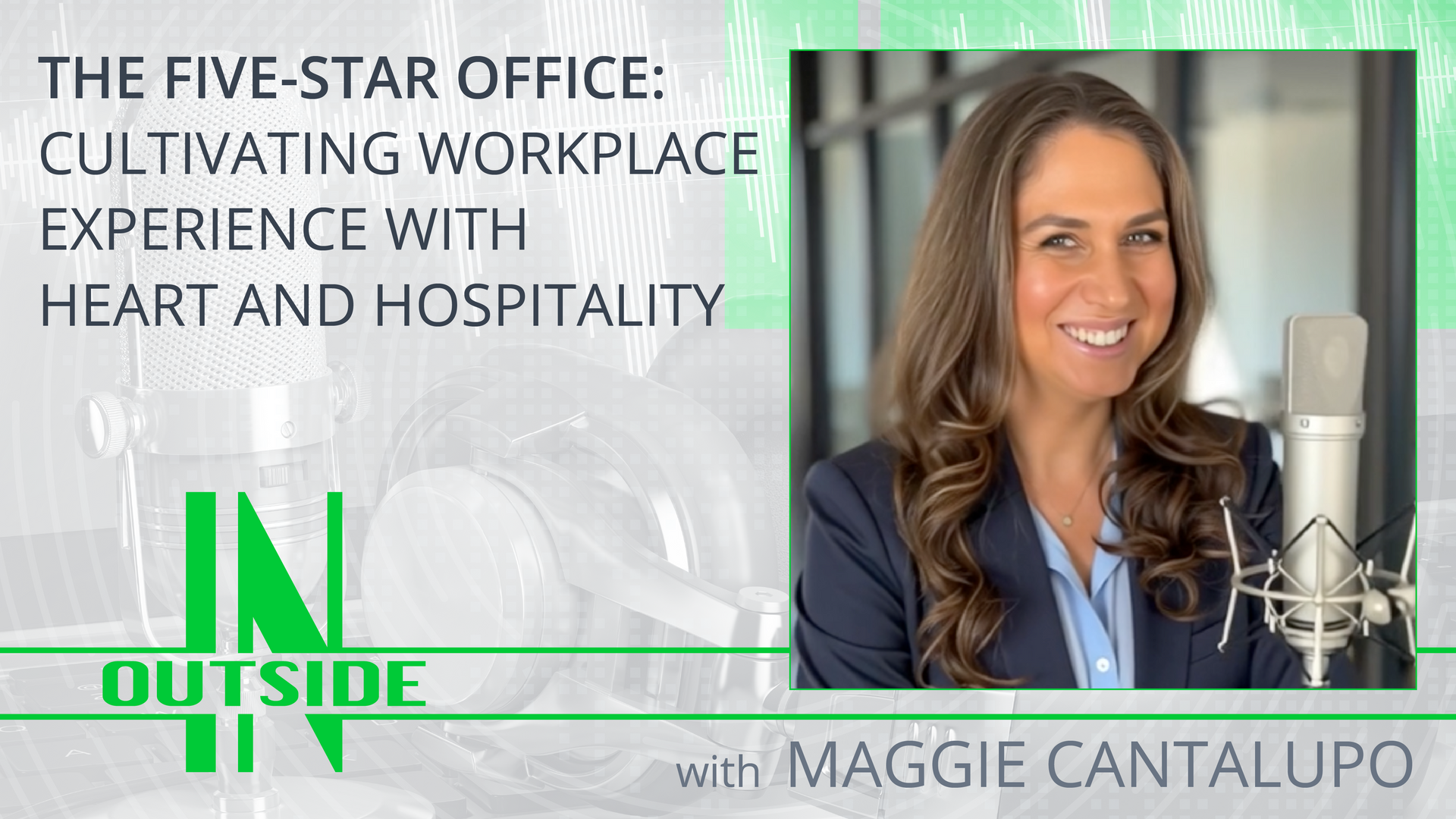What Are You Afraid Of? The Strategy and Cost of Comprehensive Mail Security
Ep. 41: What Are You Afraid Of? The Strategy and Cost of Comprehensive Mail Security
Tune in to the Outside-IN podcast to hear Charles Riddervold, National Director of Operations and Proposal Strategy, who began his career in mail security nearly 40 years ago while screening packages for soldiers in the Army, discuss why the modern corporate mailroom is a crucial vulnerability and a potential entry point for real threats.
Discover why mail security has become a massive priority, driven by the immediate danger to people from letter bombs and white powder scares, such as the mid-2010s ricin attack that cost the Department of Justice almost $7 million, as well as newer threats like industrial chemicals and drugs such as Fentanyl. This episode explores the multi-layered process of mail screening, detailing methods that range from simple visual inspection and basic X-raying to deep chemical, biological (CBRNE), and radiological screening, including the logistics of using costly onsite negative pressure air rooms or managing the typical 24-hour lag of offsite screening.
Learn how IST leverages advanced technologies like Ray Secure CT scanners and "Smart Tech," which connects local X-ray operators to remote EOD experts, to secure high-risk verticals like healthcare and government contractors. The discussion also covers critical contingency planning, the fact that 90% of mail-borne threats typically arrive via USPS rather than commercial carriers, and the essential creativity required in designing a tailored security plan, focusing on asking clients the pivotal question, "What are you afraid of?" to ensure effective protection.
Episode Highlights
Connect with: Charlie Riddervold | LinkedIn
Learn More about: Take Your Mailroom to the Next Level | Bringing the Mail Room to You | Digital Mail | Campus Life, Optimized: IFM 101 with IST
Key Takeaways:
- Mail Security is a Financial and Personal Imperative: Mail security has become a massive priority due to the immediate threat to people from incidents like letter bombs and white powder scares. Beyond human safety, the financial cost of a successful attack is substantial; for example, a ricin attack on the Department of Justice in the mid-2010s cost almost $7 million.
- Mail Screening Requires a Multi-Layered Approach: The screening process can vary greatly, starting with simple visual inspection for suspicious packages. It can escalate to initial X-raying, full screening for Chemical, Biological, Radiological, Nuclear, and Explosives (CBRNE) threats, and even include opening mail to detect written threats such as bomb threats or threats against executives. Newer threats also include industrial chemicals and drugs like Fentanyl.
- Operational Lag vs. Cost Drives Screening Decisions: Implementing advanced screening methods, particularly chemical or biological detection, introduces significant operational lag. Organizations must choose between high cost and low lag (setting up an onsite negative pressure air room, which can cost $500,000 to $1 million) or lower cost and higher lag (using offsite screening partners, which typically results in a 24-hour delay).
- The Primary Threat Vector is the USPS: An important point for clients is that approximately 90% of mail-borne threats arrive via the USPS. Commercial carriers like FedEx, UPS, and DHL generally perform well at screening mail before it gets on their aircraft and require too much tracking information, making them less appealing for threat actors compared to untraceable USPS drop-offs.
- Security Solutions Must Be Creative and Tailored: While the execution of mail screening processes is rigid (following SOPs), the design of the program requires a high degree of creativity. The most important starting point for IST subject matter experts is asking the client, "What are you afraid of?" to ensure the necessary protection is implemented without resorting to an unnecessarily expensive and complex full CBRNE system that might not be needed.
Listen, Watch and Subscribe!
Check out our previous episodes here:








